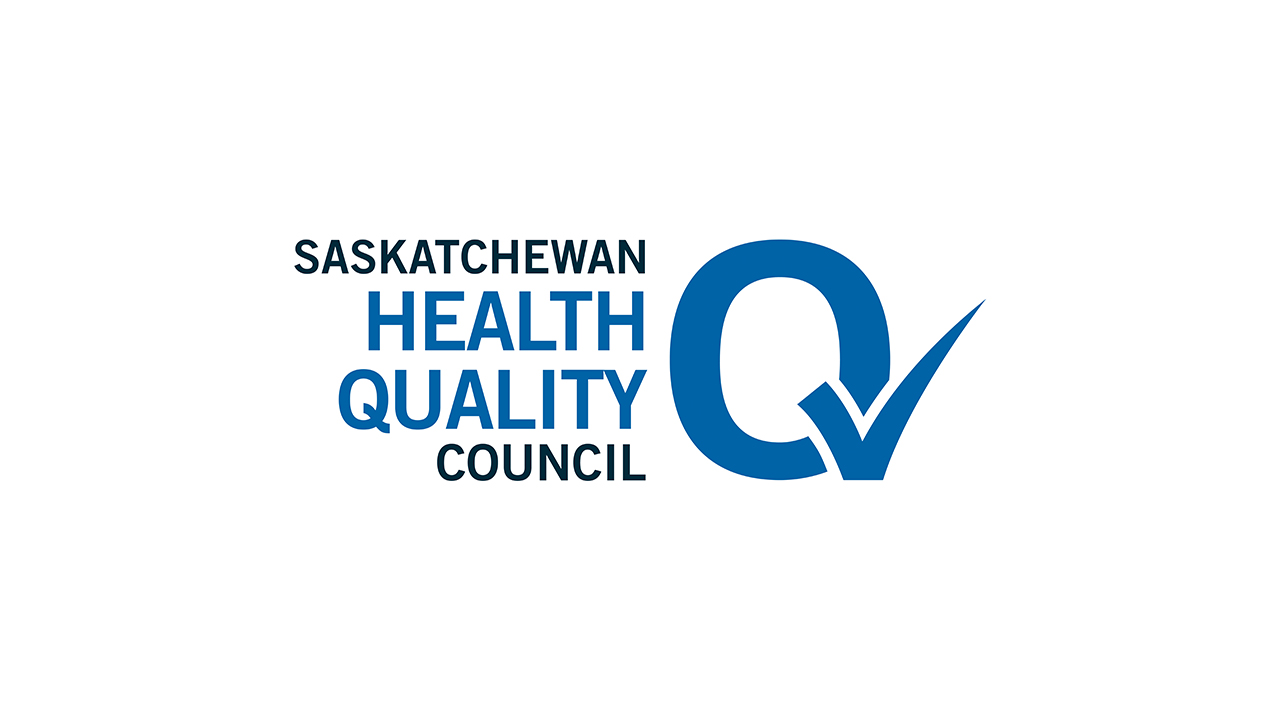For immediate release April 11, 2013: Ten individuals and teams have been recognized for their efforts to make health care better for Saskatchewan patients. The managers and providers were presented with Pursuing Excellence Awards last night at a special ceremony held as part of the 3rd annual Health Care Quality Summit. The provincial conference and awards are hosted by Saskatchewan’s Health Quality Council (HQC).
Awards were presented in four categories: Better Health, Better Care, Better Value, and Better Teams. As well, two individuals received Improvement Champion awards in honor of their work.
Improvement Champions
• Candice Bryden, Director, Kaizen Promotion Office, Saskatoon Health Region: Bryden led the development of Saskatoon Health Region’s Kaizen Promotion Office (KPO). Kaizen is a Japanese term that means continuous improvement. The Kaizen Promotion Office oversees and coordinates an organization’s use of Lean methodology to deliver compassionate, defect free care, with no waiting. • Dr. Shamsuddin Fakhir, Pediatrician, Cypress Health Region: Dr. Fakhir initiated a new “Growing Healthy Families” program in response to the growing number of patients he was seeing who were overweight or obese. The program involves a patient’s family, and is delivered by a team of experts, including a dietitian, exercise therapist, pediatrician, medical resident, and child mental health worker.
Better Health
• Children’s Program team at Wascana Rehabilitation Centre: Since 2006, the Children’s Program has provided multidisciplinary therapeutic group programming for children at risk of, or diagnosed, with developmental coordination disorder, a coordination impairment, affecting almost 10,000 Saskatchewan children. • Liz Durocher, Manager, Community Health Development, and Michael Quennell, Executive Director, Community Health Development, Keewatin Yatthé Regional Health Authority: Durocher and Quennell led development of a Youth Health Groups program in their northern health region. It empowers young people to make better self-care choices and share with their peers – and to their wider community – information and activities on topics such as smoking, drug and alcohol use, teen pregnancy, and healthy relationships.
Better Care
• Chemotherapy improvement team (oncology outreach centre, Sunrise Health Region): An increased demand for chemotherapy treatments in Yorkton led this team to take a patient-centred approach to improving all of the processes involved in providing this service. In doing so, they have, so far, removed unnecessary steps, reduced paperwork, improved communication among professionals, and saved time by streamlining the delivery of chemotherapy products.
• Dan Fraser, Director of Adult Clinical Services, Mental Health and Addictions, Anne Marie Ursan, Director of Community Services, Terry Hutchinson, Executive Director of Mental Health and Addictions, Five Hills Health Region: This team implemented a stepped care approach in mental health and addictions to better identify the appropriate level of support clients require and match the service with their needs.
Better Value
• Brenda Leppington, Director, Information Management, Sunrise Health Region: Leppington’s team streamlined access to computer-based clinical programs in the Emergency Department at the Yorkton Regional Health Centre, thereby saving staff time and energy, and reducing their frustration with the programs. • Lakeside Medical Clinic in Saskatoon: This clinic uses self-serve check-ins with a touch-screen monitor and social media to better serve an average of 1,200 booked patients and 1,050 walk-in patients per week in its 21-physician family practice.
Better Teams
• Carrianne Schultz, Home Care Manager, Cherie Horan, EMT, Jody Rice, Physical Therapist, Jill Gates, Accreditation & Patient Safety Coordinator, and Gloria Illerbrun, Executive Director Health Services in Cypress Health Region: This team established the Mobile Health Services (MHS) program in Eastend in October 2010. The program helps keep residents of this remote rural community healthier and safer through such steps as Home Safety Checklists and Falls Risk Assessments to help make homes safer for the residents and ICE (In Case of Emergency) forms that have up-to-date medical information in residents’ homes.



